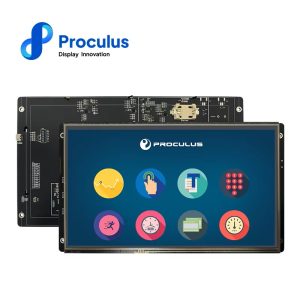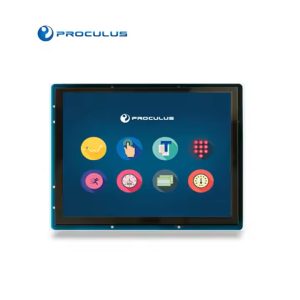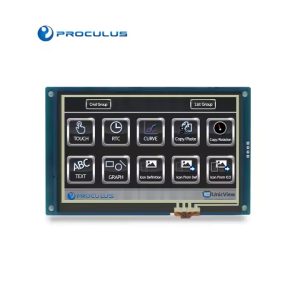What Are the Types of LCD Screens and How Are They Classified?
From a technical perspective, LCD screen types can be divided into two camps: VA soft screen and IPS hard screen.
Ⅰ. What are the types of LCD screen?
1.VA soft screen
VA stands for Vertical alignment (vertical alignment) panel. It can provide 16.7M colors and large viewing angles. Of course, the price is also more expensive. It is currently the most commonly used soft screen panel for LCD TVs.
The front side (front view) of the VA panel has the highest contrast, but the uniformity of the screen is not good enough, and color drift often occurs. Sharp text is its killer feature, and the performance of black and white contrast is also very good.
2. IPS hard screen
IPS panel technology is a LCD panel TFT technology introduced by Hitachi in 2001, commonly known as “Super TFT”. It is currently the only hard-screen panel of TFT, and its application field has been very wide since its development. Products using IPS hard-screen generally have a higher positioning.
The biggest feature of this type of IPS board is that its two electrodes are on the same surface, while the electrodes of other liquid crystal modes are arranged on the upper and lower sides, three-dimensionally. Since the electrodes are on the same plane, the liquid crystal molecules are always parallel to the screen no matter what the state, which will reduce the aperture ratio and reduce the light transmittance.
So, the advantages and disadvantages of IPS panels are obvious. Advantages: higher viewing angle, faster response speed, accurate color reproduction. Disadvantages: there is a light leakage problem, the black purity is not as good as VA, and it needs to rely on optical film to compensate.
Ⅱ. The classification of LCD panel TFT
The liquid crystal panel TFT can be divided into three grades according to the quality of A, B and C. The difference is based on the number of dead pixels. However, there are no related hard and fast regulations in the world, so the grading standards of different countries and regions are not the same. Regardless of which standard is based, you must choose a professional and reliable LCD display manufacturers. The general situation is as follows:
| Levels | Numbers of Dead Pixels |
| A++ | No |
| A+ | 1~3 |
| A | <5(Generally less than 5 are collectively referred to as A-level screens) |
| B | 6~10 |
| C | more than 11 |
Note: According to different panel production areas, the delineation of A-level panels is also different. South Korea’s A-level boards require less than 3 dead pixels, Japan’s less than 5, and Taiwan requires less than 8.

 English
English


